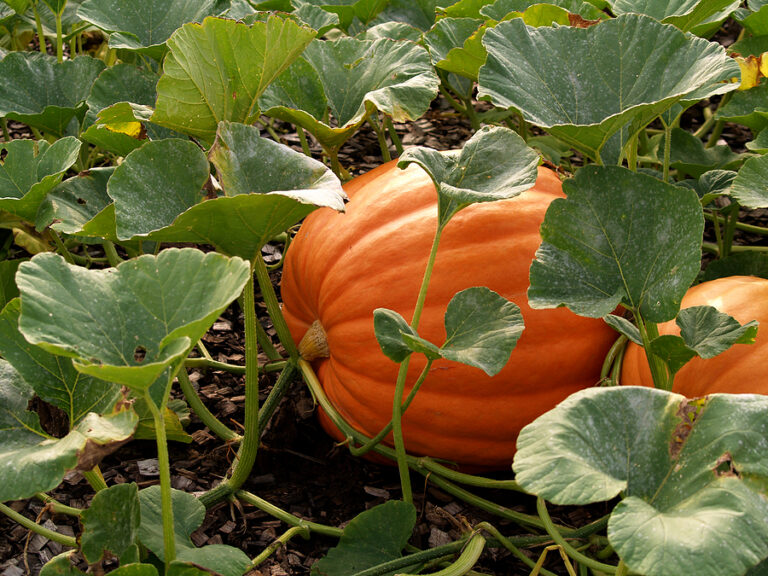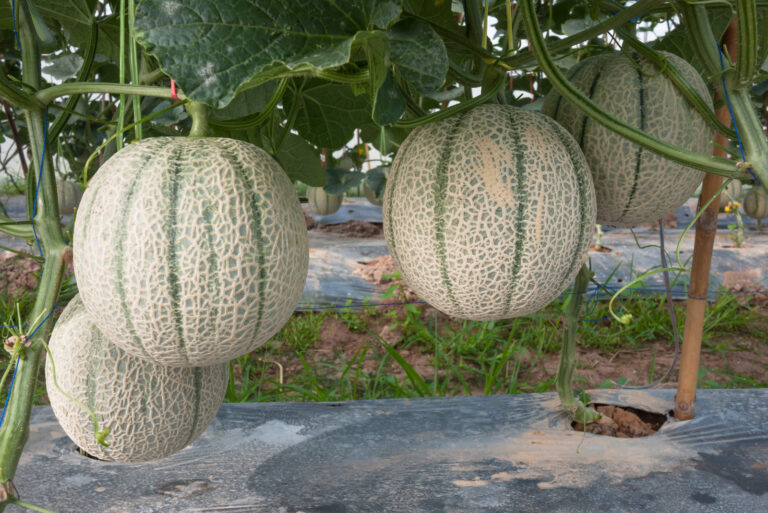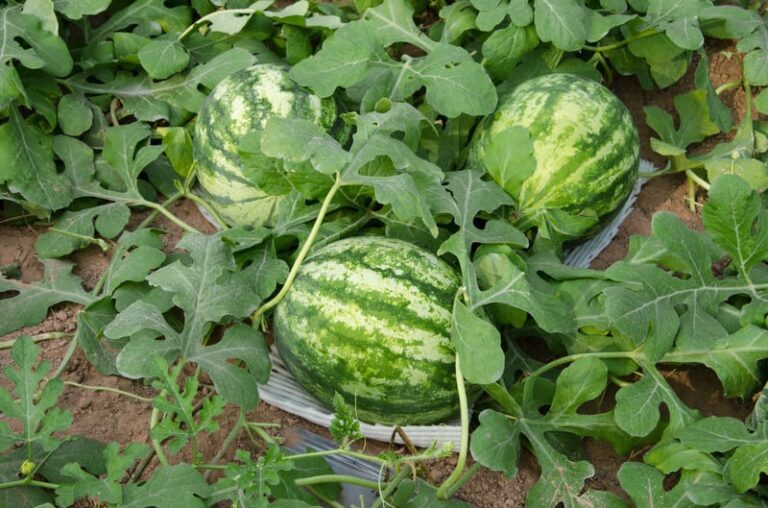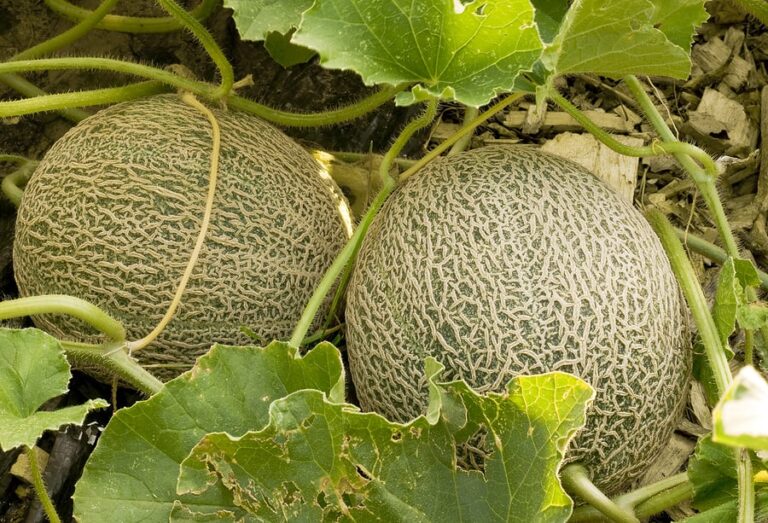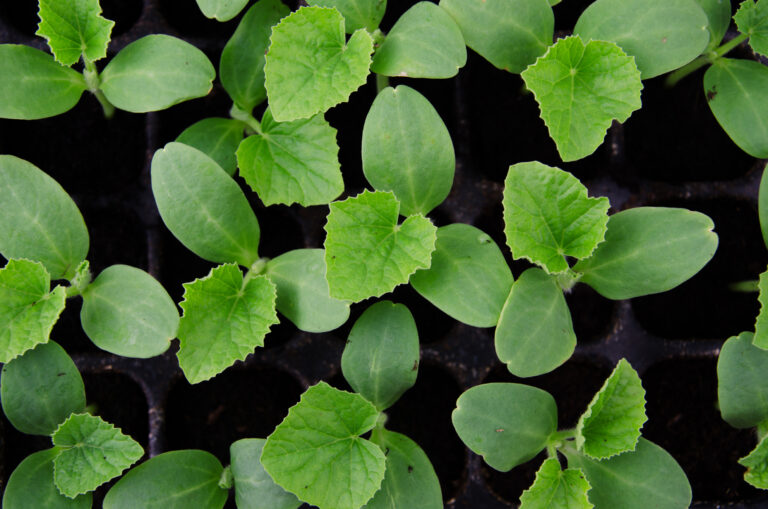How to Grow Pumpkins: Complete Guide from Planting to Harvest
Pumpkins are one of the most rewarding crops to grow. From planting seeds in spring to harvesting big, beautiful fruits in fall, every step of the journey offers something exciting—and delicious!I’ve been growing pumpkins for more than 20 years, from backyard gardens to container setups on patios. Over the seasons, I’ve learned firsthand what works…

